
The airframe was recovered from the beach and briefly displayed in France. Then later that year, having been acquired by New Zealand warbird operator and pilot Sir Tim Wallis, it was transported to the United Kingdom for restoration by Craig Charleston of Charleston Aviation Services, based in Essex. It was during this restoration that the aircraft’s identity was discovered when the Bayerische FlugzeugWerk (Bf) Werk Nummer 1342 was found stamped on part of the undercarriage assembly.
During the painstaking restoration to authentic and airworthy condition, the 109’s airframe was mated with a restored original Daimler-Benz DB 601 Aa engine overhauled by Mike Nixon of Vintage V-12s Inc. of Tehachapi, California. The aircraft burst into life again in 2005 when it underwent engine and taxi trials at Wattisham, Suffolk, England. The Bf 109 had by now been acquired by Paul G. Allen, the billionaire co-founder of Microsoft. It was shipped to the U.S. to become part of the Flying Heritage and Combat Armor Museum (now owned by the Wartime History Museum) at Paine Field, Everett, Washington.
In March 2008, in the safe hands of renowned warbird pilot Steve Hinton, Bf 109E-3 1342 flew again for the first time since July 29, 1940, when it had been damaged in combat and crashed on its way home. The details of that last deadly combat can now be revealed in a story that highlights the ferocity, scale, and lethality of the fighting during the Battle of Britain.
هذه القصة مأخوذة من طبعة January - February 2023 من Flight Journal.
ابدأ النسخة التجريبية المجانية من Magzter GOLD لمدة 7 أيام للوصول إلى آلاف القصص المتميزة المنسقة وأكثر من 9,000 مجلة وصحيفة.
بالفعل مشترك ? تسجيل الدخول
هذه القصة مأخوذة من طبعة January - February 2023 من Flight Journal.
ابدأ النسخة التجريبية المجانية من Magzter GOLD لمدة 7 أيام للوصول إلى آلاف القصص المتميزة المنسقة وأكثر من 9,000 مجلة وصحيفة.
بالفعل مشترك? تسجيل الدخول
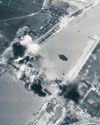
A-26 BRIDGE BUSTER
Courage under fire in North Vietnam
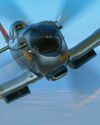
Spitfire FIGHTER-BOMBERS
The iconic fighter was surprisingly effective in other roles
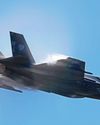
"BAT WING" LIGHTNING
The Charlie-Model F-35
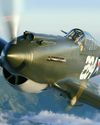
OUTGUNNED & OUTMANNED
A losing battle against a well-equipped foe
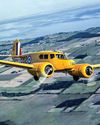
Wichita Wonder
Cessna’s I-50 proves to be astonishingly necessary for RCAF trainees
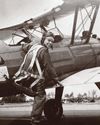
WARRIORS REMEMBERED
Families gather in England to pay tribute to a fallen WW II aircrew
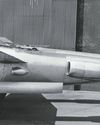
Lockheed XP-49: Trying to Do the P-38 One Better
IT MADE NUMEROUS TEST FLIGHTS and at least one cross-country journey, yet no air-to-air picture of it appears to have survived.

Keeping 'em Flying!- The new generation of warbird pilots, restorers and mechanics
The new generation of warbird pilots, restorers and mechanics. Nearly 80 years after the end of World War II, the fighters, bombers, and trainers that defended freedom continue to enthrall and inspire audiences at airshows, thanks to generations of warbird pilots, maintainers, restoration specialists and collectors. In our September, 2022 issue we introduced you to the young warbird pilots, maintainers and restorers who are already beginning to displace more "experienced" warbird fliers and fixers.

The Corsair Maker- Bringing the Vought Corsair to the fleet was a daunting challenge that spanned nearly three years.
When the first production Corsairs exited the Stratford factory in June 1942, Guyton, as seen here, was tapped to manage the flight and production test program. Armament was improved to six wing-mounted .50s, displacing the wing fuel tanks now placed forward of the cockpit which necessarily was moved rearward by 32 inches. Overall length was increased, armor plate added, landing, arresting and tail gear improved, aileron control enhanced, and a new version of the R2800 engine was incorporated. But those significant improvements unearthed numerous idiosyncrasies that would take an extended period to make the Corsair acceptable for carrier operations

STARFIRES Over Korea
F-94 pilots tangle with MiGs
